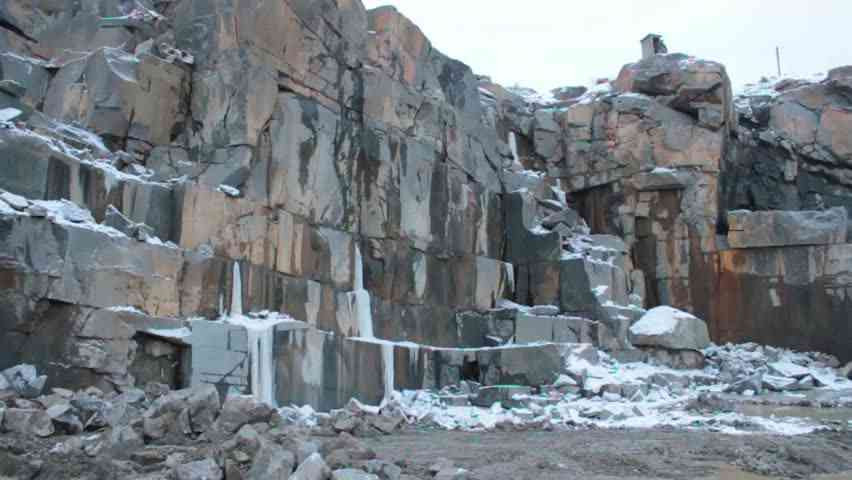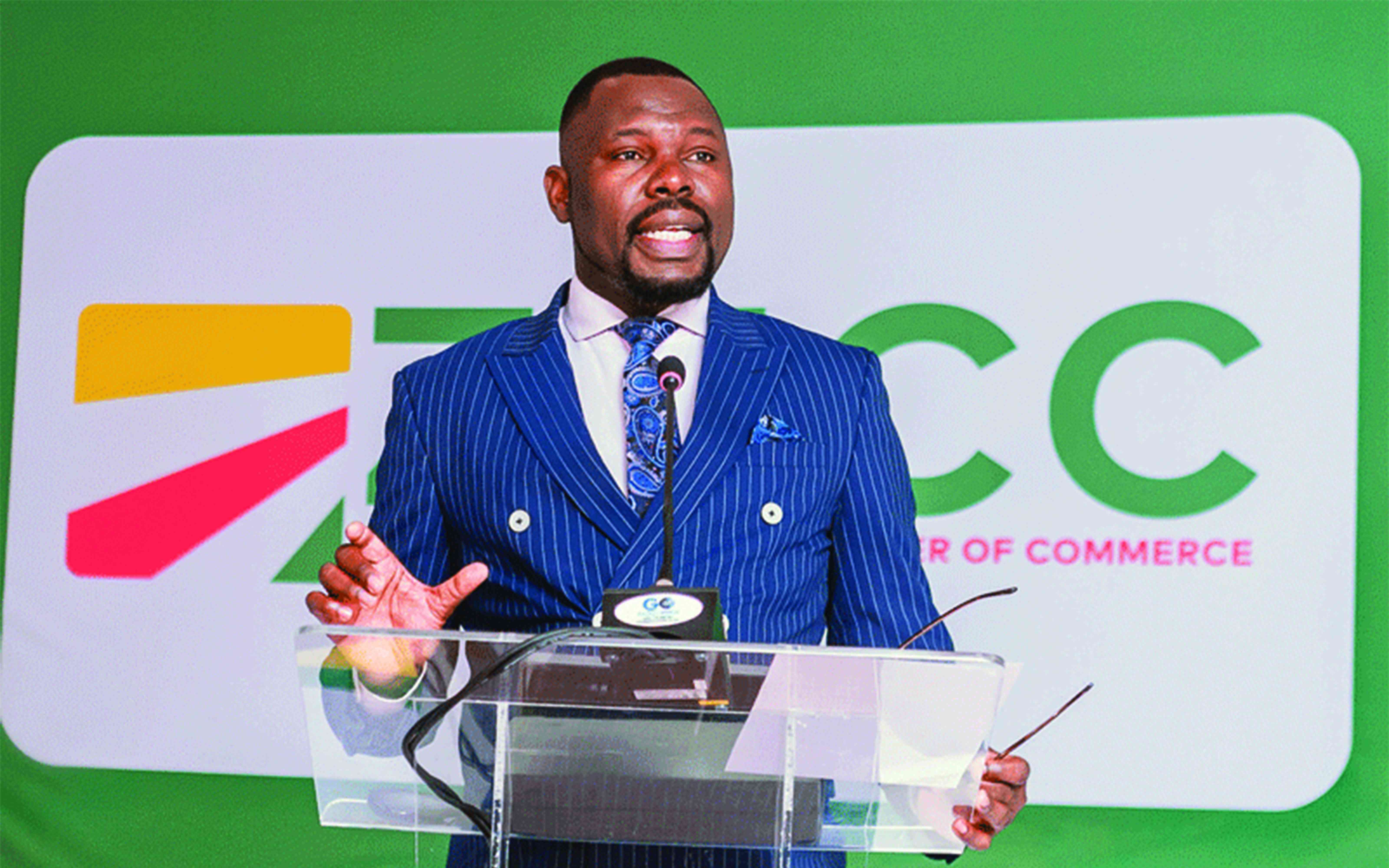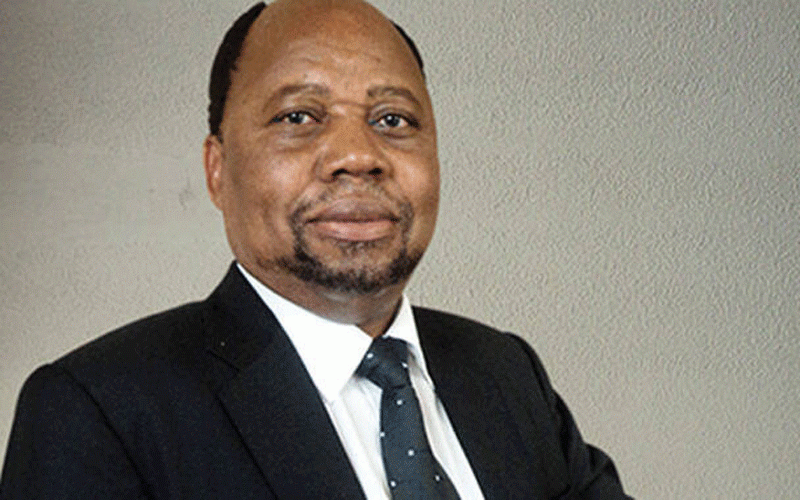
A NEW fuel levy of US$0,005 per litre has sparked a crisis in Zimbabwe’s mining sector, exacerbating existing operational challenges for miners already grappling with a crippling 69% effective tax rate.
Industry executives warned that the new fuel levy will devastate mining operations, trigger shutdowns and undermine economic growth.
The fuel levy, aimed at raising additional revenue for government projects, comes at a time when the mining sector is contending with a complex array of costs and regulatory burdens. With expenses mounting, the levy threatens to be a breaking point for some operations.
According to the Chamber of Mines of Zimbabwe (CoMZ), the country's tax rate for miners — 69% in 2024 — has already surpassed those of Zambia (60%), the Democratic Republic of the Congo (61%), Ghana (56%), and South Africa (44%), placing a significant strain on Zimbabwean firms’ competitiveness.
Zimbabwe’s mining sector faces numerous taxes, fees and levies, including a 20% special capital gains tax, an environmental impact assessment levy of 0,8-1,2%, a 2% environmental rehabilitation levy and royalties ranging from 1 to 10% depending on mineral type.
Additionally, miners bear electricity and labour costs, and are required to surrender 25% of their export proceeds to the government, equivalent to approximately 12% tax on gross proceeds, according to CoMZ.
The mining sector faces a complex web of 157 separate fees and charges, ranging from US$4 000 to US$15 000, imposed by Rural District Councils, government ministries and agencies, according to Statutory Instrument 40 of 2022.
“The report shows that mining fees and charges, including ground rental fees, were high and unaffordable, impacting negatively on the viability of mining projects. They recommended that the high fees be reduced and aligned to regional averages,” CoMZ report said.
- Mines propose fresh power import deal
- Motorist robbed while relieving self
- Mines propose fresh power import deal
- ‘Power cuts choke mines, industry’
Keep Reading
“The majority of respondent mining executives indicated that the effective tax for the mining industry is generally high. Analysis of total tax and profitability data submitted by mining companies’ shows that the effective tax rate for the mining industry is around 69%.
“Survey respondents indicated that this level of taxation is unsustainable, as it diverts a significant portion of capital intended for reinvestment in capital projects.
“They also cited that mining companies have predominantly been relying on retained earnings to fund their capital projects and argued that the high effective tax is reducing available retained earnings for reinvestment into capital projects.”
The report revealed that procurement, contractors, government taxes, employment costs and power expenses consumed approximately 91% of total revenues in 2024.
This year, the sector has generated US$5,5 billion in revenue.
The mineral revenue distribution breakdown shows that procurement accounted for 21%, contractors 17%, government taxes 17%, employment costs 21%, power 15%, communities 2% and shareholders and other 7%.
CoMZ chief executive officer Isaac Kwesu said the combination of rolling power cuts and the new levy was placing immense pressure on mining companies, which are already struggling with surging overhead costs.
He said small operations, which consume 18 000 litres of fuel per month, were forking out USS$27 000 before the new tax.
The costs are projected to rise due to the new levy.
“The mining industry is a major consumer of diesel and petrol. The usage has extended to electricity generation by way of diesel generation plants,” Kwesu said.
“With a monthly usage of 17 465 litres for a small gold mine, the additional cost for power generation alone is not significant.
“However, the levy is likely to cause an increase in the cost of fuel if this is applied to the total fuel used by each mine and the usage by the mining industry.”
Larger mining operations recently disclosed that they had lost up to US$500 million in potential revenue this year due to frequent operational downtime, exacerbated by power outages and rising costs.
This is the second time in recent history that mines are facing the threat of closure on a large scale, following the shutdown of numerous gold mines in the early 2000s due to price distortions, hyperinflation, and foreign currency shortages.
Economist Vince Musewe said policymakers should address these challenges bedevilling the sector urgently.
“The sector is key to foreign earnings for the country and policy makers need to ensure that both national and business interests are secured. Increased operating costs are not healthy for any sector and will continue to stifle economic growth prospects,” Musewe said.
Another economist Stevenson Dhlamini said: “The mining sector is one of the biggest drivers of economic growth in Zimbabwe; hence it represents a significant source of government revenue.
“The government is not just piling pressure on the mining sector but it also gives incentives to the sector which improve its viability and sustainability.”
Economist Prosper Chitambara warned that the new levy would increase the cost of doing business in Zimbabwe, further undermining the country's competitiveness.
“The levy obviously is adding another layer (of cost to other existing) levies and taxes and duties on the fuel value chain as a whole,” Chitambara said.
“That obviously has contributed to Zimbabwe’s fuel being one of the most expensive on the African continent, which affects our competitiveness.”
Chenayimoyo Mutambasere, a United Kingdom-based economist, said the higher costs of electricity and fuel will directly increase the cost of production for mining companies.
“The increased operational costs could force some miners to scale back operations or shut down less profitable mines, reducing overall output. These additional costs may make Zimbabwean minerals less competitive on the global market,” Mutambasere said.
“With other mining countries offering lower production costs, Zimbabwe could lose market share, which would directly affect foreign currency earnings. Rising operational costs and inconsistent regulatory changes may deter potential investors.
“Investors prefer stable environments where operational costs are predictable. The recent changes could be seen as increasing regulatory risk, causing investors to shift their focus to more stable markets.”
As previously reported by the Independent, players in the petroleum industry have warned that consumers should brace for price hikes following the new measures.
Economists have also cautioned that the levy could trigger inflationary pressures.
Direct Fuel Importers (DFI), the industry body representing petroleum importers, confirmed that the additional cost would be passed on to consumers.
Prior to the levy, a litre of petrol and diesel was priced at US$1,49 and US$1,50, respectively.
DFI secretary-general Bart Mukucha said while the levy may support government projects, consumers would bear the brunt.










